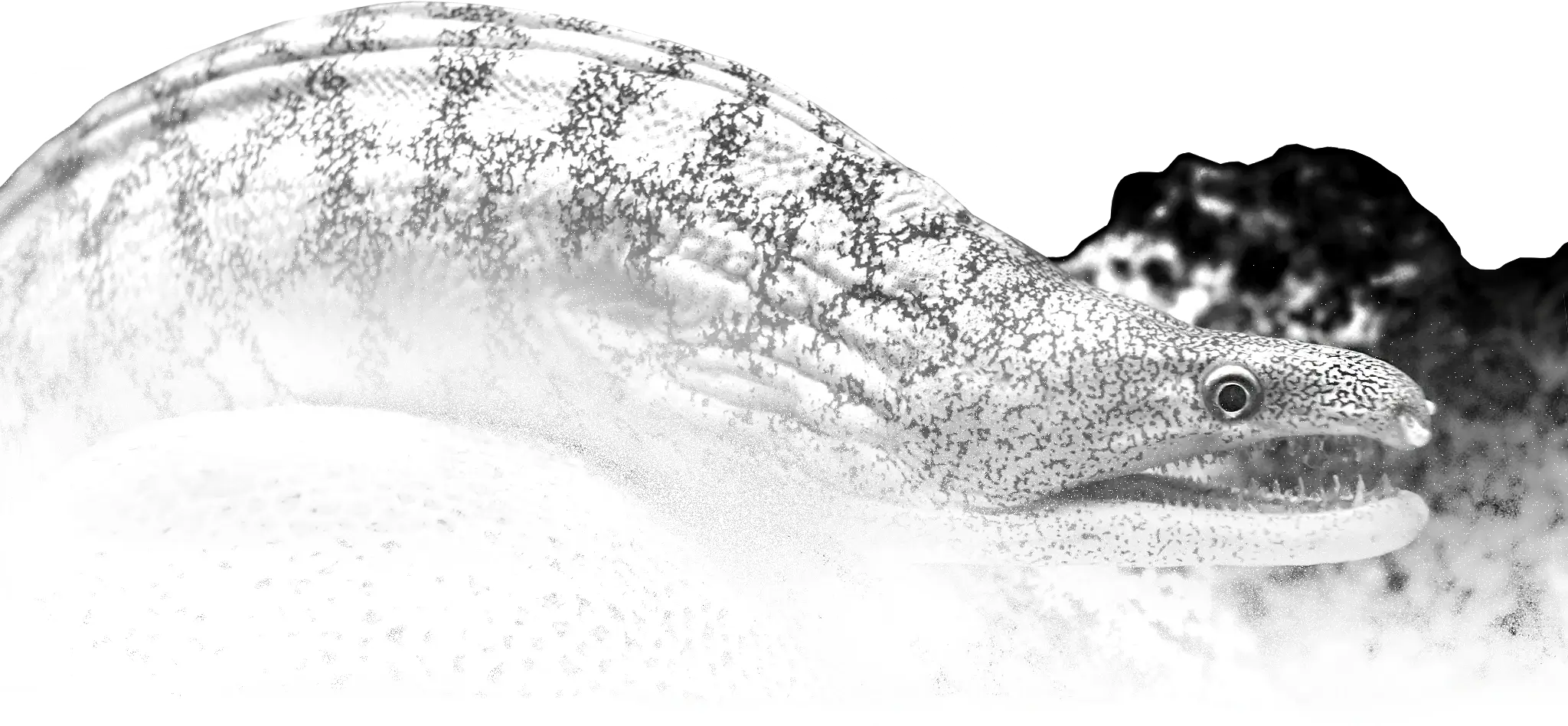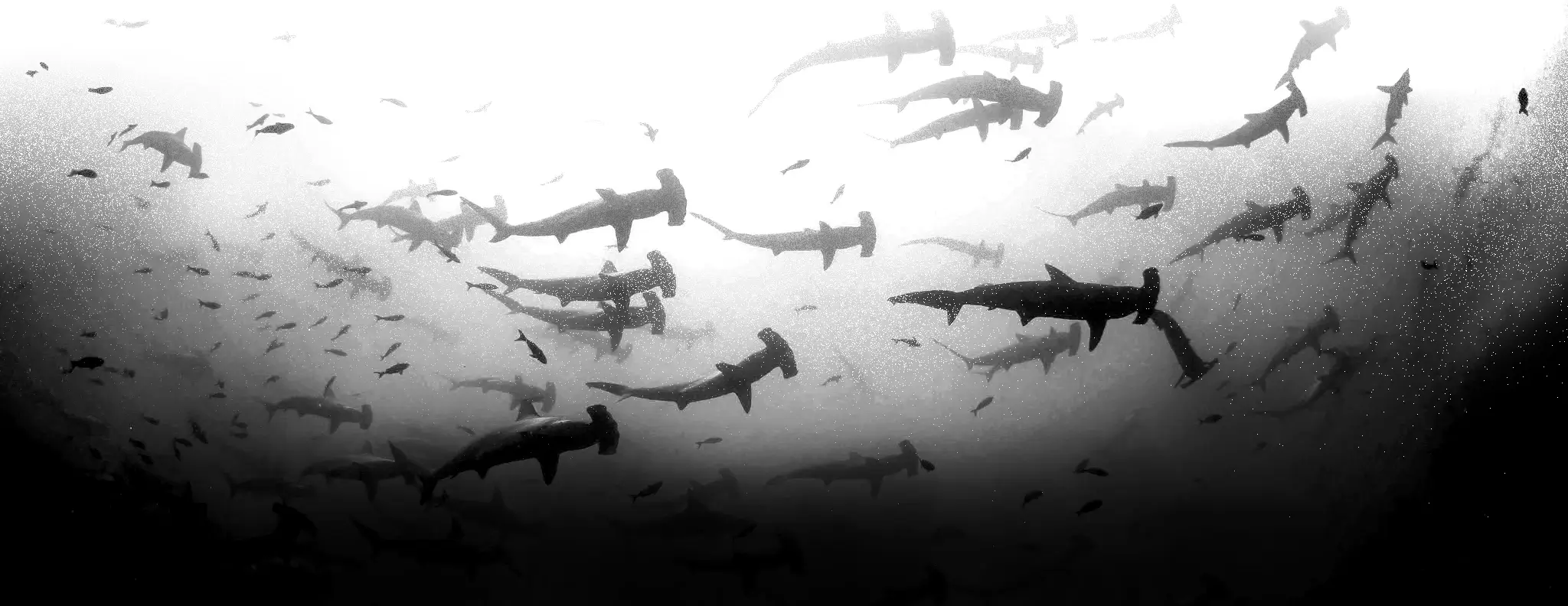
(Sarcopterygii)
Lobe-finned Fishes
Лопатепері
Sarcopterygii—sometimes considered synonymous with Crossopterygii —is a clade (traditionally a class or subclass) of vertebrate animals which includes a group of bony fish commonly referred to as lobe-finned fish. These vertebrates are characterised by prominent muscular limb buds (lobes) within their fins, which are supported by articulated appendicular skeletons. This is in contrast to the other clade of bony fish, the Actinopterygii, which have only skin-covered bony spines supporting the fins.
The tetrapods, a mostly terrestrial clade of vertebrates, are now recognized as having evolved from sarcopterygian ancestors and are most closely related to lungfishes. Their paired pectoral and pelvic fins evolved into limbs, and their foregut diverticulum eventually evolved into air-breathing lungs. Cladistically, this would make the tetrapods a subgroup within Sarcopterygii and thus sarcopterygians themselves. As a result, the phrase “lobe-finned fish” normally refers to not the entire clade but only aquatic members that are not tetrapods, i.e. a paraphyletic group.
Non-tetrapod sarcopterygians were once the dominant predators of freshwater ecosystems during the Carboniferous and Permian periods, but suffered significant decline after the Great Dying. The only known extant non-tetrapod sarcopterygians are the two species of coelacanths and six species of lungfishes.
Early lobe-finned fishes are bony fish with fleshy, lobed, paired fins, which are joined to the body by a single bone. The fins of lobe-finned fishes differ from those of all other fish in that each is borne on a fleshy, lobelike, scaly stalk extending from the body that resembles a limb bud. The scales of sarcopterygians are true scaloids, consisting of lamellar bone surrounded by layers of vascular bone, cosmine (similar to dentin), and external keratin. The physical structure of tetrapodomorphs, fish bearing resemblance to tetrapods, provides valuable insights into the evolutionary shift from aquatic to terrestrial existence. Pectoral and pelvic fins have articulations resembling those of tetrapod limbs. The first tetrapod land vertebrates, basal amphibian organisms, possessed legs derived from these fins. Sarcopterygians also possess two dorsal fins with separate bases, as opposed to the single dorsal fin in ray-finned fish. The braincase of sarcopterygians primitively has a hinge line, but this is lost in tetrapods and lungfish. Early sarcopterygians commonly exhibit a symmetrical tail, while all sarcopterygians possess teeth that are coated with genuine enamel.
Most species of lobe-finned fishes are extinct. The largest known lobe-finned fish was Rhizodus hibberti from the Carboniferous period of Scotland which may have exceeded 7 m in length. Among the two groups of living species, the coelacanths and the lungfishes, the largest species is the West Indian Ocean coelacanth, reaching 2 m in length and weighing up 110 kg. The largest lungfish is the marbled lungfish which can reach 2 m in length and weigh up to 50 kg.

